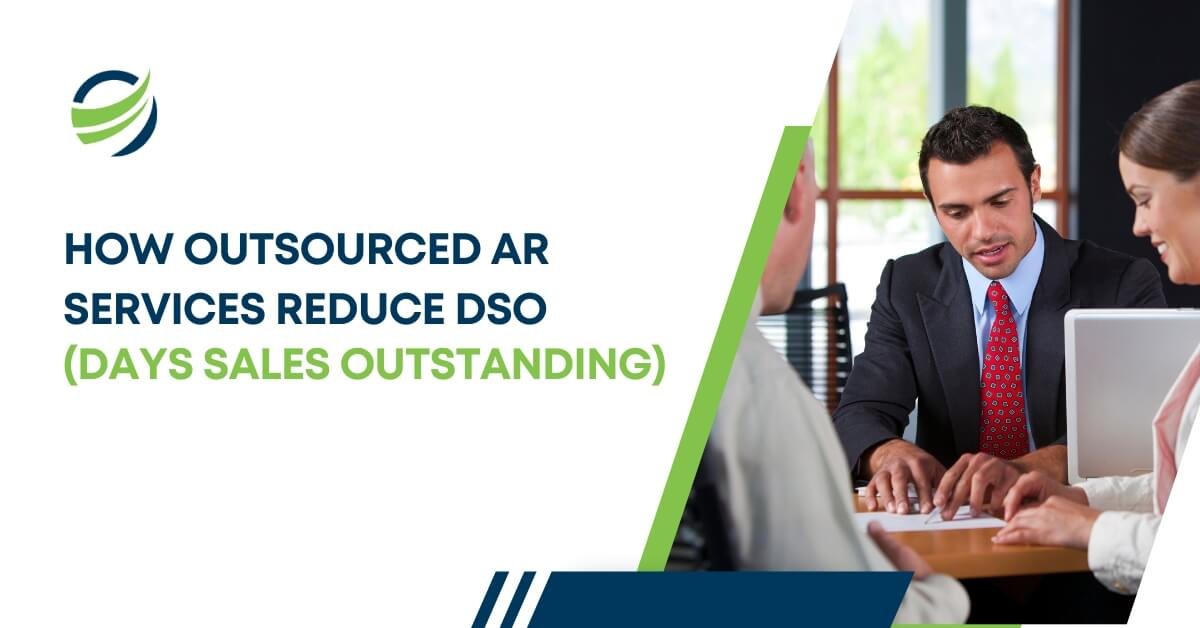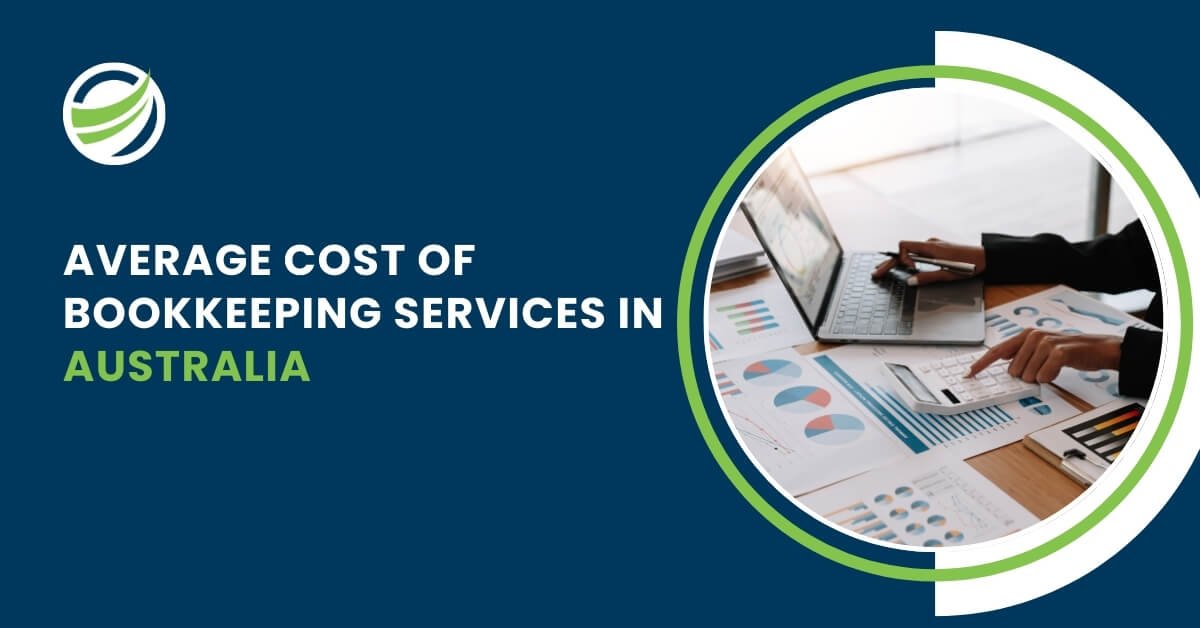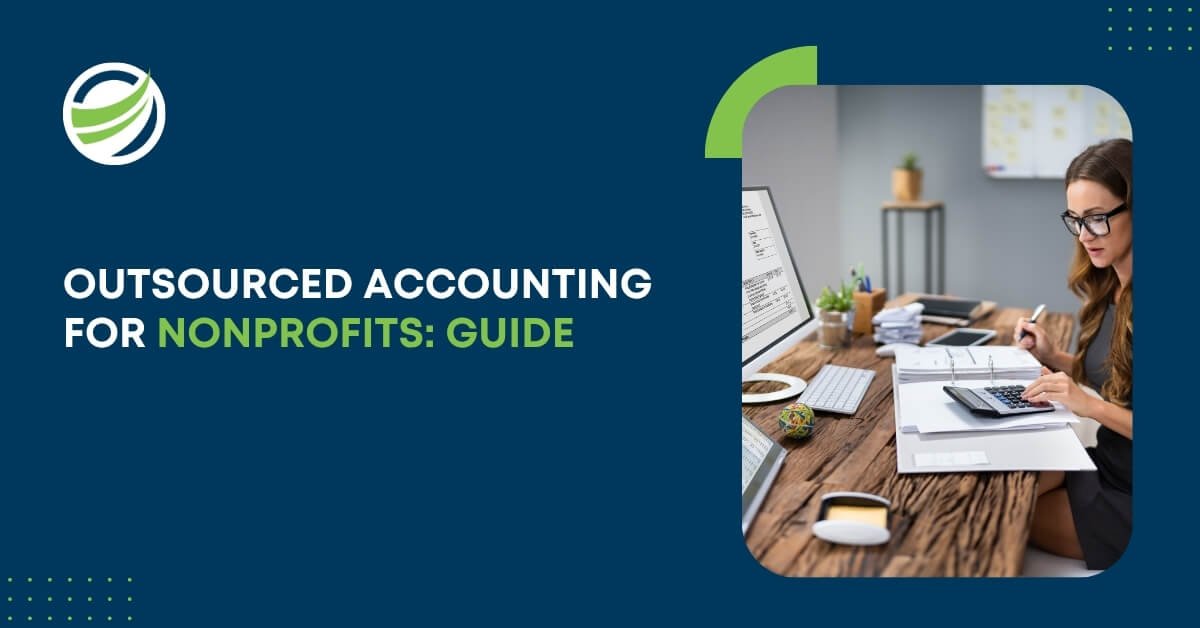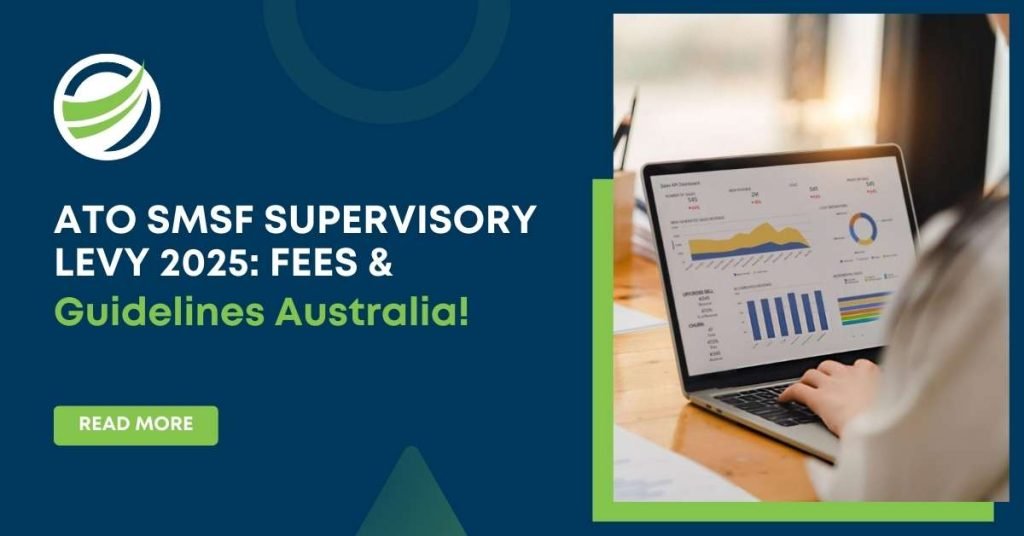
ATO SMSF Supervisory Levy 2025 Fees & Guidelines Australia
- Aesha Shah
- March 4, 2025
- 5 minutes
ATO SMSF Supervisory Levy 2025: Fees & Guidelines Australia
Introduction
The ATO SMSF Supervisory Levy 2025 is a crucial regulatory fee imposed by the Australian Taxation Office (ATO) on all self-managed super funds (SMSFs). This levy is designed to cover the ATO’s cost of regulating SMSFs and ensuring compliance with superannuation laws. For SMSF trustees, understanding the ATO supervisory levy 2025 is essential to managing annual obligations and avoiding penalties.
With SMSFs managing a significant portion of Australia’s retirement savings, proper administration is key to maintaining compliance. As of December 2024, there are 638,411 SMSFs in Australia, covering 1,184,287 members (ATO). Given this scale, the ATO ensures strict oversight, funded partly by the Australian superannuation levy.

What is the SMSF Supervisory Levy?
The SMSF Supervisory Levy is an annual charge that SMSF trustees must pay as part of their fund’s SMSF Tax Return. This levy ensures that the ATO can oversee and regulate SMSFs effectively, maintaining the integrity of the superannuation system.
The current super guarantee levy, which has remained unchanged since the 2014-15 financial year, is set at $259. However, new funds are subject to SMSF supervisory levy adjustment for new funds, requiring them to pay $518 in their first year—covering both the current and following financial years.
Why Does the Levy Exist?
The supervisory levy is in place to fund the ATO’s ongoing work in regulating SMSFs. It supports:
- Ensuring compliance with superannuation laws
- Providing guidance and education to trustees
- Conducting audits and investigations when necessary
Enforcing penalties for non-compliance
Breakdown of the Levy Amount and Payment Structure
Existing SMSFs
- The annual levy for existing SMSFs remains at $259.
- This fee is paid along with the SMSF’s annual tax return.
New SMSFs
- Newly registered SMSFs must pay $518 in their first year.
- This amount covers both the current and the following financial years.
- From the second year onward, the fund pays the standard $259 levy.
Winding Up an SMSF
If an SMSF is wound up, the levy for the final year is not required, provided the previous year’s levy has been paid.
Payment Process and Deadlines
The SMSF fees ATO levies are paid alongside an SMSF’s annual tax return. The due dates for filing are:
- 28 February for self-prepared returns.
- 15 May for funds using a registered tax agent.
Late payments may result in penalties or further compliance actions by the ATO, reinforcing the need for timely filing.
The Purpose of the SMSF Supervisory Levy
This levy plays a fundamental role in SMSF regulation, covering:
- Compliance monitoring to ensure funds operate legally.
- Audit and enforcement activities to detect and address breaches.
- Administrative costs related to policy changes and superannuation reforms.
Given that SMSFs now manage over $1.02 trillion in assets as of September 2024 (SMSF Association), oversight is more critical than ever.
Is the SMSF Supervisory Levy Tax-Deductible?
A key benefit for SMSF trustees is that the ATO SMSF Supervisory Levy 2025 is fully tax-deductible. This means funds can claim it as a deduction when lodging their annual tax return, helping to reduce taxable income (ATO).
Implications for SMSF Trustees
For SMSF trustees, understanding and budgeting for the ATO supervisory levy 2025 is essential. Key takeaways include:
- Ensuring timely payment to avoid penalties.
- Budgeting for the annual fee, particularly for new funds that must pay an advance levy.
- Maintaining accurate records of payments for tax-deductibility claims.
How to Plan for the Levy Payment
- Allocate funds early: Set aside money at the start of the financial year.
- Review fund liquidity: Ensure your SMSF has enough liquid assets (such as cash or term deposits) to cover the levy.
- Engage an accountant: A tax professional can assist in accurate and timely payment.
Professional SMSF services can assist trustees in ensuring accurate and timely levy payments.
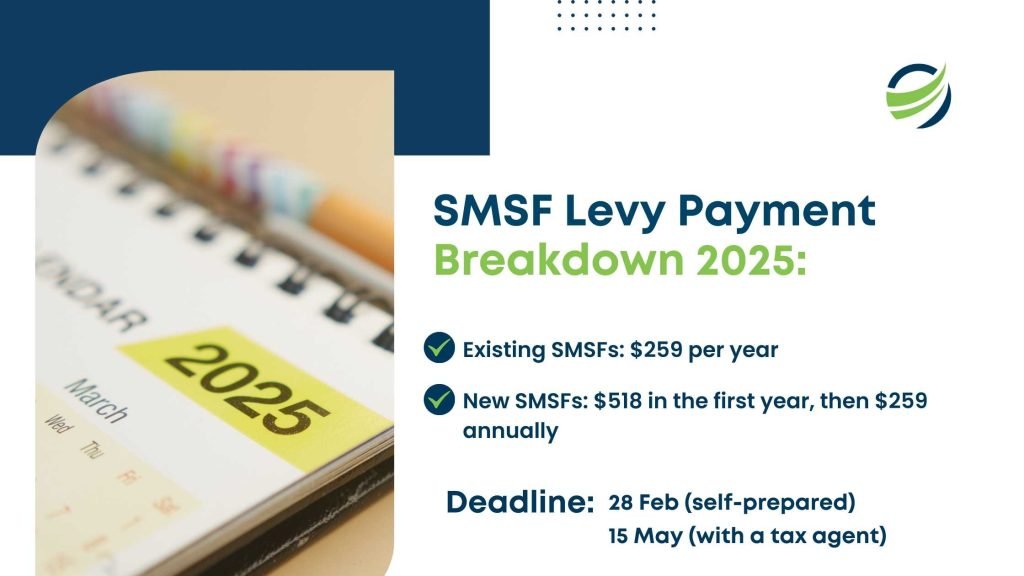
Asset Allocation Trends and Their Relevance
With listed shares (26%) and cash & term deposits (17%) making up a significant portion of SMSF asset allocations (ATO), levy payments should be factored into fund liquidity planning. SMSF administration services as a practical solution for ensuring proper fund management and liquidity planning.
Understanding SMSF Asset Liquidity
Since the levy is a fixed cost, ensuring your SMSF has enough liquid assets to cover it is crucial. If most of the fund’s assets are tied up in property or other illiquid investments, it may pose a challenge when meeting annual obligations.
The Growth and Longevity of SMSFs
The SMSF sector continues to expand:
- 27,000 new SMSFs are established annually.
- 65% of SMSFs have been operational for over 10 years.
- The average fund has been in existence for 13.5 years (SMSF Association).
- 53% of SMSF members are male and 47% are female
- 85% of SMSF members are 45 years or older.
These statistics highlight the long-term nature of SMSFs and the importance of financial planning for ongoing compliance costs, including the supervisory levy.
Common Mistakes Trustees Make Regarding the Levy
Even experienced trustees can make errors in handling the SMSF supervisory levy. Some common mistakes include:
- Missing payment deadlines: This can result in penalties and additional compliance scrutiny.
- Failing to account for the advance levy: New trustees often overlook the double payment required in the first year.
- Not claiming the levy as a deduction: Some trustees fail to include the levy in their SMSF’s tax return, missing out on tax benefits.
Outsourcing SMSF services can help prevent errors such as missing payment deadlines or failing to account for the advance levy.
Future Considerations
Though the SMSF fees ATO charges remain unchanged in 2025, potential policy shifts could impact future levy structures.
Possible Changes in the Future
- Increased levy amounts: If regulatory costs rise, the ATO may adjust the levy.
- Different levy structures: The government could introduce tiered levies based on fund size or complexity.
- Additional compliance requirements: More stringent reporting or higher penalties for late payments could be introduced.
Conclusion
Understanding the ATO SMSF Supervisory Levy 2025 is crucial for all SMSF trustees. By keeping up with ATO supervisory levy 2025 guidelines, ensuring timely payments, and leveraging tax-deductibility benefits, trustees can efficiently manage their funds while staying compliant. With SMSFs playing an increasingly important role in Australia’s retirement system, proper financial planning and awareness of regulatory fees will remain essential for long-term success.
SMSF trustees should stay informed about possible regulatory changes, plan ahead for levy payments, and maintain strong record-keeping practices to ensure their fund remains compliant and financially sound.



